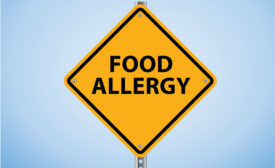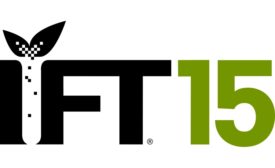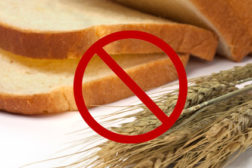Home » Keywords: » food allergens
Items Tagged with 'food allergens'
ARTICLES
Preventing food recalls due to allergens and other contamination
As food allergies escalate along with regulatory scrutiny, snack producers and bakeries need to up their food safety game.
December 18, 2017
Insider Perspective
A look at FDA’s final ruling on gluten-free food labeling
November 11, 2013
Snack on the latest trends, news, and developments!
Stay in the know with Snack Food & Wholesale Bakery, the premier source of information for snack, bakery, and confectionery professionals.
JOIN TODAY!Copyright ©2025. All Rights Reserved BNP Media.
Design, CMS, Hosting & Web Development :: ePublishing








